Filing a personal injury claim is an exercise in seeking justice in the face of negligence or recklessness, but the effort is only successful if you can effectively show a connection between the defendant’s actions and the injury that’s been suffered.
The link between negligence and harm is known as causation, and though in some cases it is easy to establish, in others it is much more difficult. An experienced personal injury attorney will use evidence as well as their knowledge of legal principles and precedent to establish that link, but the type of strategy they use will often depend on the specific type of case that’s being filed.
For example, proving medical causation of an individual’s cancer progressing due to misdiagnosis may require an analysis of the patient’s medical records by an expert witness who can testify about the standard of care that another physician would have applied to a patient’s case. By contrast, medical causation of a latent occupational disease like malignant mesothelioma would require evidence that the plaintiff was exposed to something that was contaminated with asbestos and that the defending asbestos company was both aware of the dangers of asbestos and failed to provide warning of the risks.
In trying to prove proximate cause, an attorney wants to show that the defendant’s actions directly caused the victim’s injuries without any interruption, but this can be a very subjective point to prove. Clear and compelling evidence is required to prove the relationship between the defendant’s actions (or inaction) and the victim’s injuries. Attorneys may attempt to reconstruct events through the use of witness testimony, as well as expert analysis. Examples would include auto accidents and slip and fall injuries.
Some cases involve proving that a defendant is responsible for an injury even though an intervening factor is involved. For example, a victim of a drunk driving accident may attempt to sue the bar or restaurant that served the driver too much alcohol. In this instance, the attorney will need to prove that the bartender should have been able to foresee the possibility that their patron would get into a car and drive after being overserved, and should have taken action to stop them from drinking, driving, or both.
In all cases, proving causation relies on using documentation and evidence and telling a compelling story. If you or someone you love has been injured by another’s negligence and you’d like information about whether to pursue a claim, contact our experienced attorneys today.




